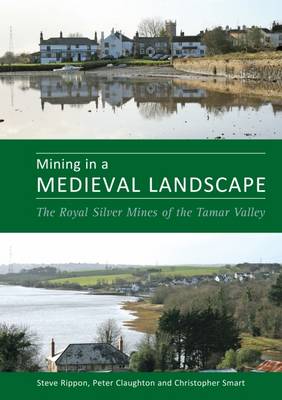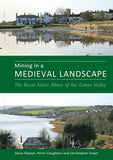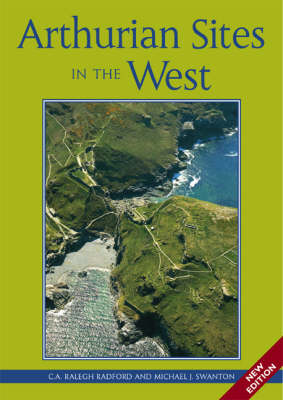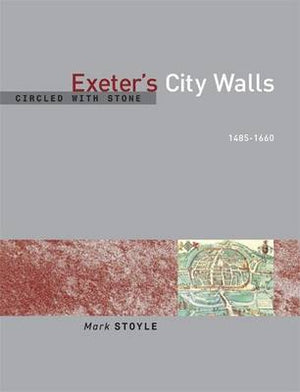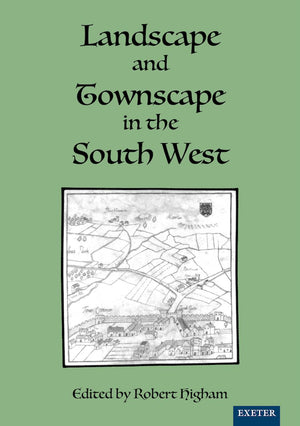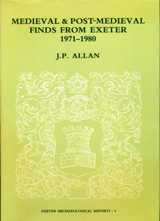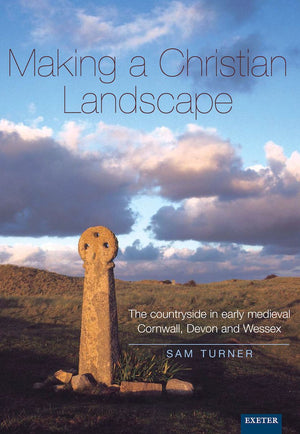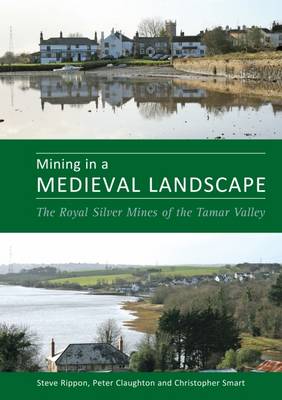University of Exeter Press
Mining in a Medieval Landscape
The Royal Silver Mines of the Tamar Valley
Couldn't load pickup availability
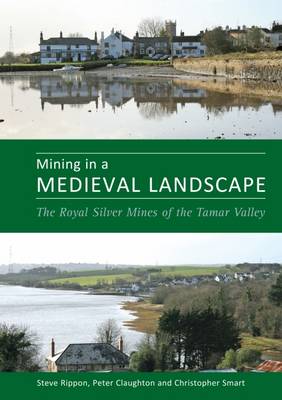
- 222 Pages
This book explores an industry that was of profound importance both in terms of the local economy and the history of mining nationally, but is long forgotten: the late medieval royal silver mines at Bere Ferrers in the Tamar Valley.
The Bere Ferrers silver mines employed up to 400 men, mining on a scale and at depths not previously possible, and changed forever the way that mining was carried out in medieval Britain.
This book explores an industry that was of profound importance both in terms of the local economy and the history of mining nationally, but is long forgotten: the late medieval royal silver mines at Bere Ferrers in the Tamar Valley.
‘Mining in a Medieval Landscape is not just another ‘local history’, although it has much that will appeal to Devonians. It places the medieval royal mines in their context both nationally and internationally...’
(Devon Archaeological Society)
‘Not only is the book profoundly interesting and readable, it is well-illustrated and produced with a good index, an adequate glossary and an extensive bibliography. It is written to the highest academic standards ... It will be found to be a useful starting point for others wishing to study medieval mining. The book is an absolute ‘must’ for those interested in the West Country and will find a well-earned place on the bookshelves of anyone interested in this little-understood period and its integration with the wider local economy.’
(Northern Mine Research Society)
'It is excellent value at £20 for the paperback and will be helpful to many other studies in the future.'
(Landscape History)
'a fine example of how an interdisciplinary approach can be successfully employed to provide an insight into even the most seemingly uninformative landscape and illustrates clearly the benefits and rewards from adopting this type of approach. It will provide an invaluable reference for those embarking on projects to understand their own area and as such its influence will extend well beyond the silver industry and Devon.'
(Journal of Medieval Archaeology, Vol. 54, Nov. 2010)
- 222 Pages







